Problem Solved – Part 2 WW Editorial Read “Part 1: Baja Faces Water Cuts” here… Wilderness is not a luxury …
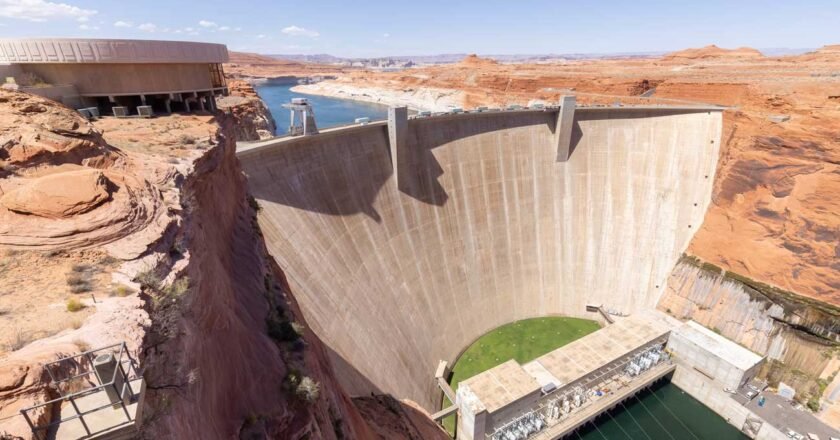

Problem Solved – Part 2 WW Editorial Read “Part 1: Baja Faces Water Cuts” here… Wilderness is not a luxury …

High-stake Negotiations Faulter Water Watch Editorial, Part 1 Time is running out for Baja and the seven states that are …

Water Watch Editorial Lake Mead is dropping again and this is a reminder that we are fast approaching 2026. Freelance …
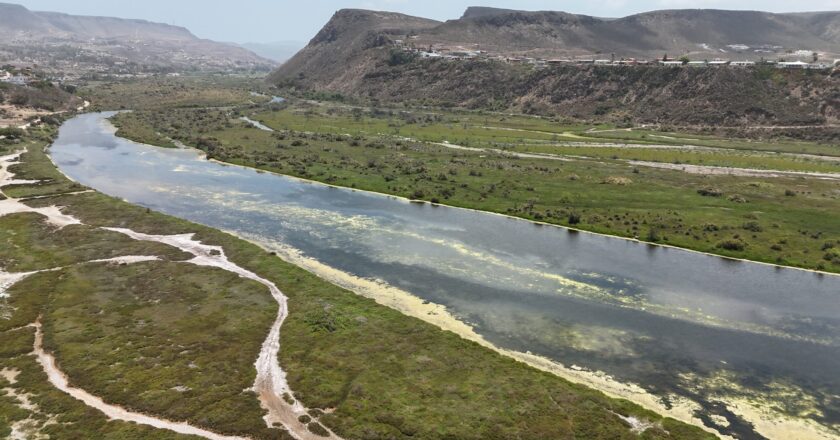
Just a short drive south of Rosarito and 35 kilometers north of Ensenada, tucked between the waves of the Pacific …
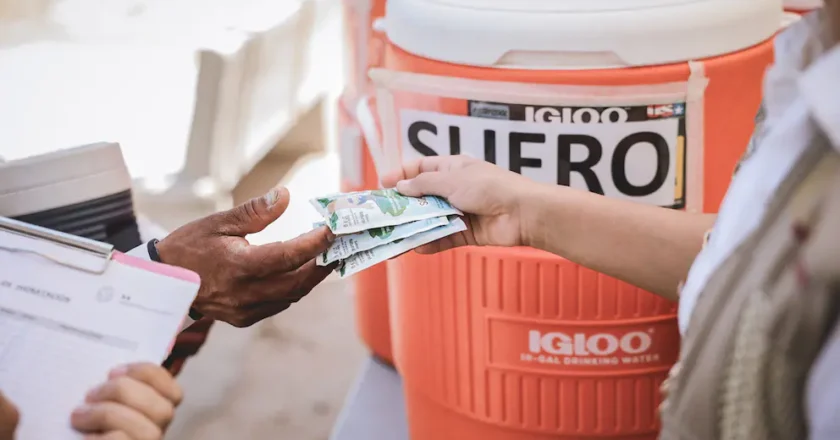
The numbers are grim—46 lives lost in Baja California this year to heat-related causes, with nearly 250 others suffering serious …
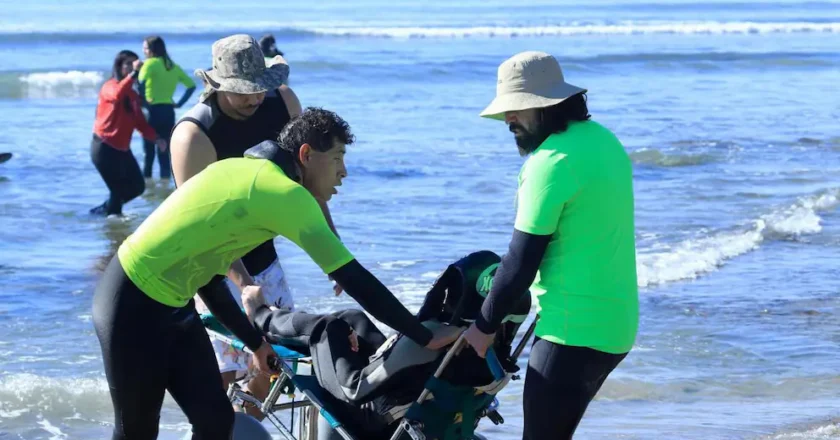
Rosarito’s most heartwarming tradition is making its way back to shore. After weeks of uncertainty, the beloved surf therapy sessions …

How Baja plans to stay hydrated If you’ve been following our ongoing coverage of the 1944 Water Treaty, here’s your …
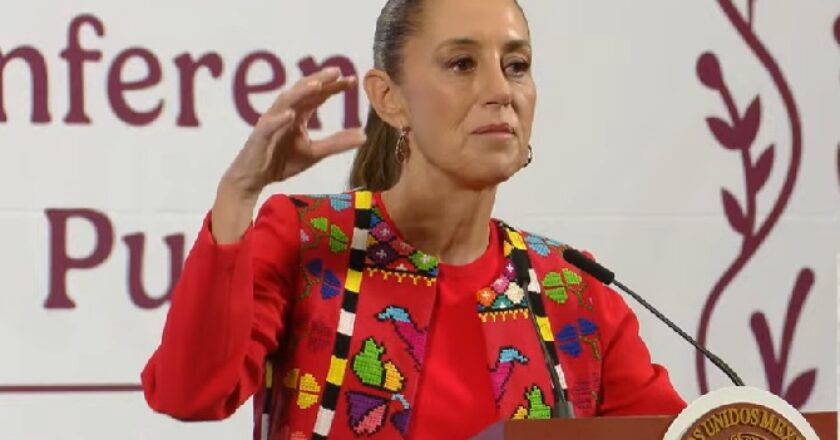
Sheinbaum responded diplomatically Donald Trump sent flowers on X—digitally, of course. He called President Claudia Sheinbaum “a magnificent president” and …

Says Texas Is Thirsty Just when we thought we’d seen it all, Donald Trump is now threatening tariffs—and yes, even …

Rosarito is set to get its own desalination plant, as confirmed by Mexico’s President Claudia Sheinbaum during her morning press …